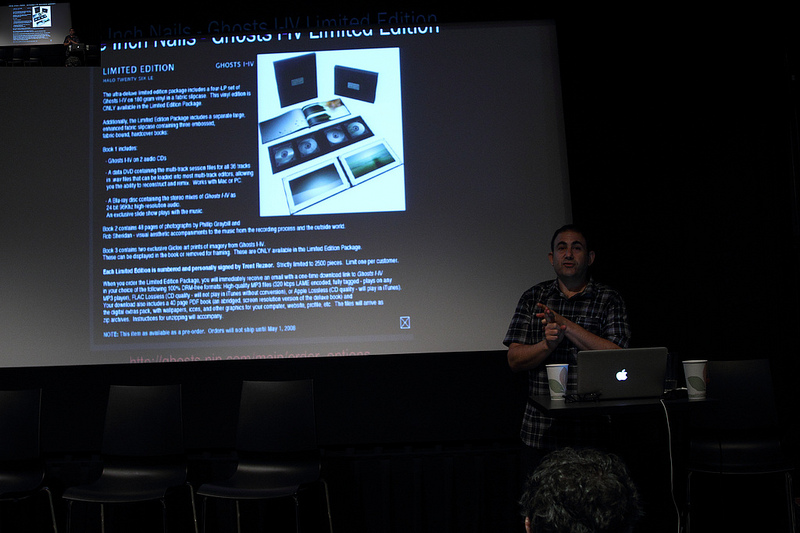10 Key Points on How to Move Forward With Outreach and Impact for Documentary Film
A Report from the IFP Filmmaker Lab by Jon Reiss With all the trauma of this past week, I at least had the good fortune of spending it at the IFP Filmmaker Lab in NYC. We all showed up Wednesday morning stunned/tired from watching returns all night/depressed. Some stayed home but by the middle of […]
10 reasons why you should get your s–t together and apply to the IFP Filmmaker Lab
I have had the pleasure of being one of the lab leaders at the IFP Filmmaker Lab for the past 5 or so years (as you can imagine I help run the distribution and marketing component of the labs). Each year the four times I travel to New York for the labs are some of […]
Top 10 Things Learned in the IFP PMD LAB

Top 10 Things Learned in the IFP PMD LAB By Jon Reiss I have had the good fortune to be involved in IFP’s Independent Filmmaker Labs for the past several years now and I have seen innumerable benefits to the films and filmmakers who participate. The Labs provide an opportunity for first-time filmmakers to […]
PMDs In Action
As you know, Sheri Candler, and I have been reaching out to working Producer’s of Marketing and Distribution (PMDs) and a few have contacted me with some festival and awards news: Stephen Dypiangco who is currently working as a PMD on “How to Live Forever” by Mark Wexler is also working as a PMD on a […]